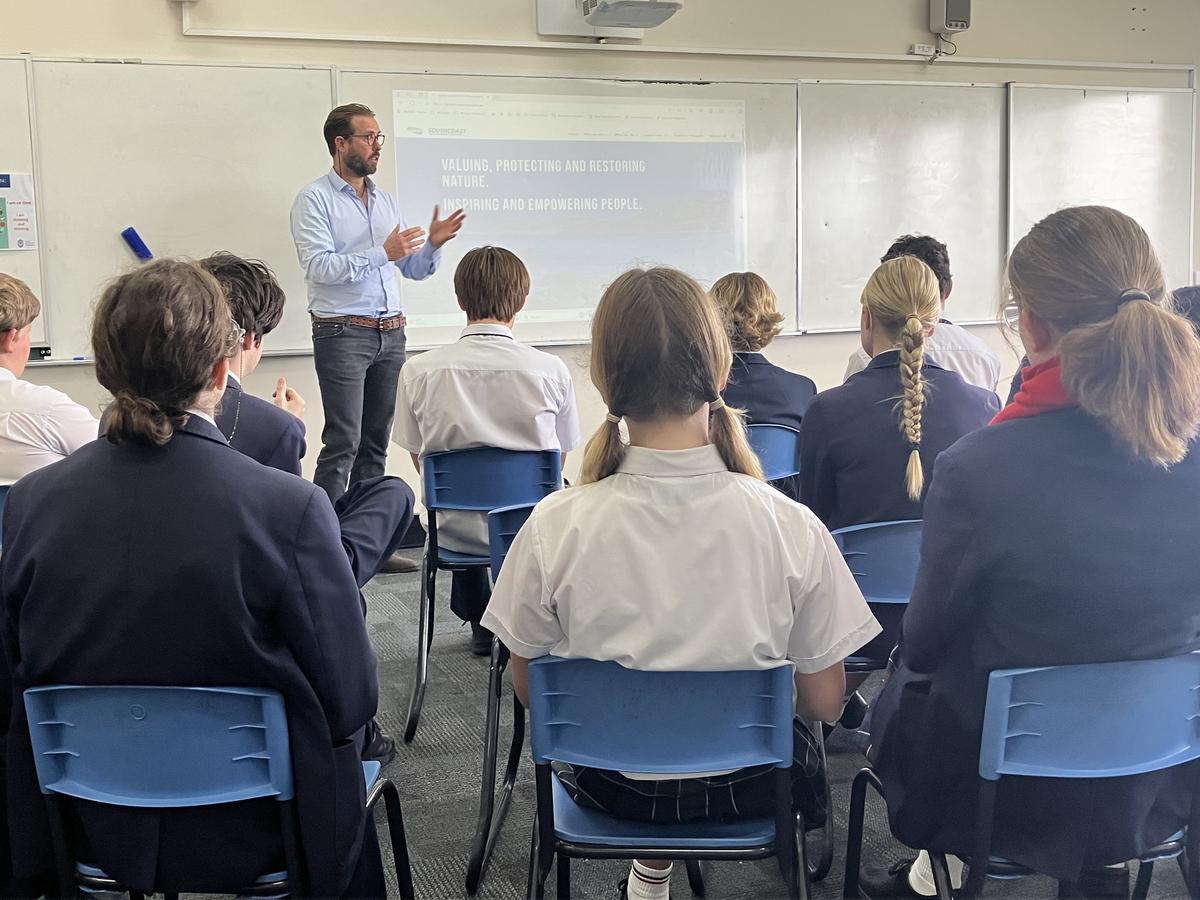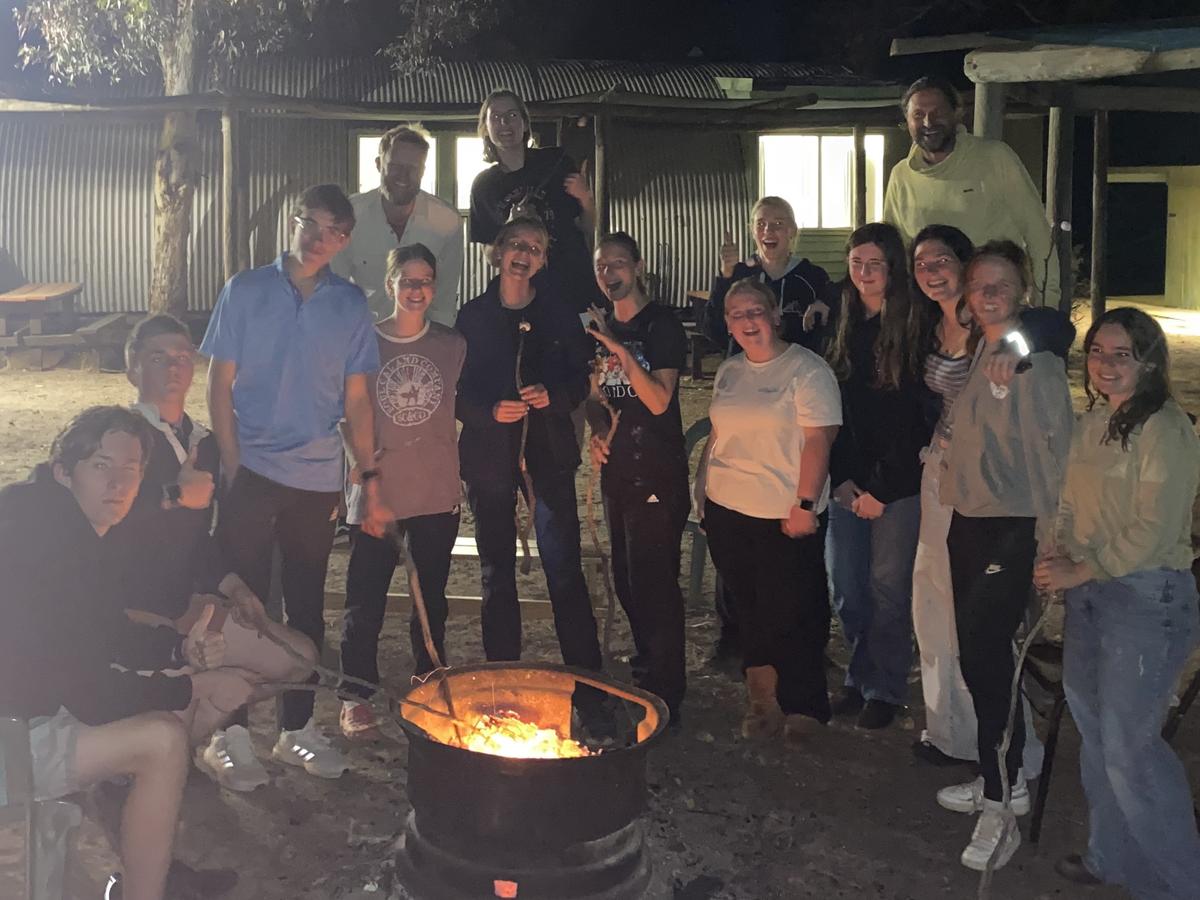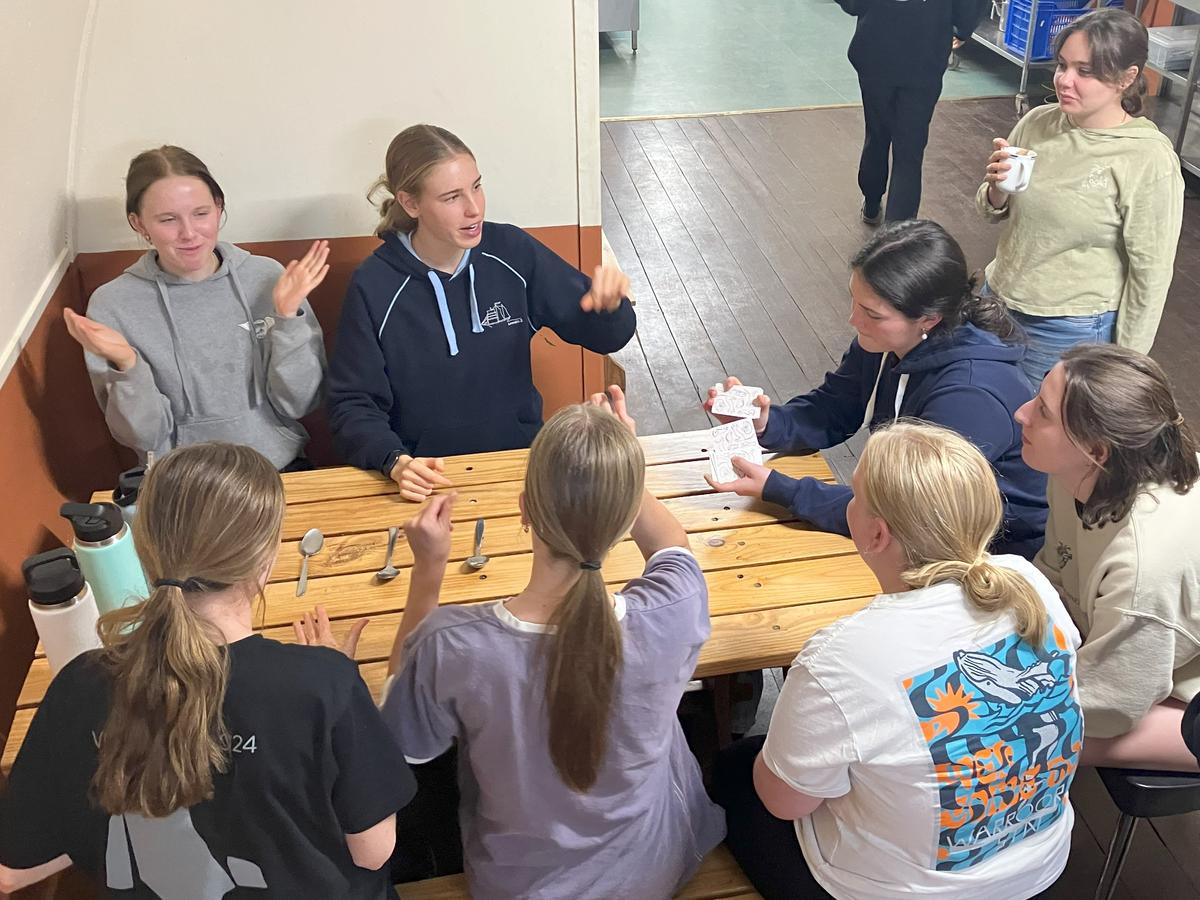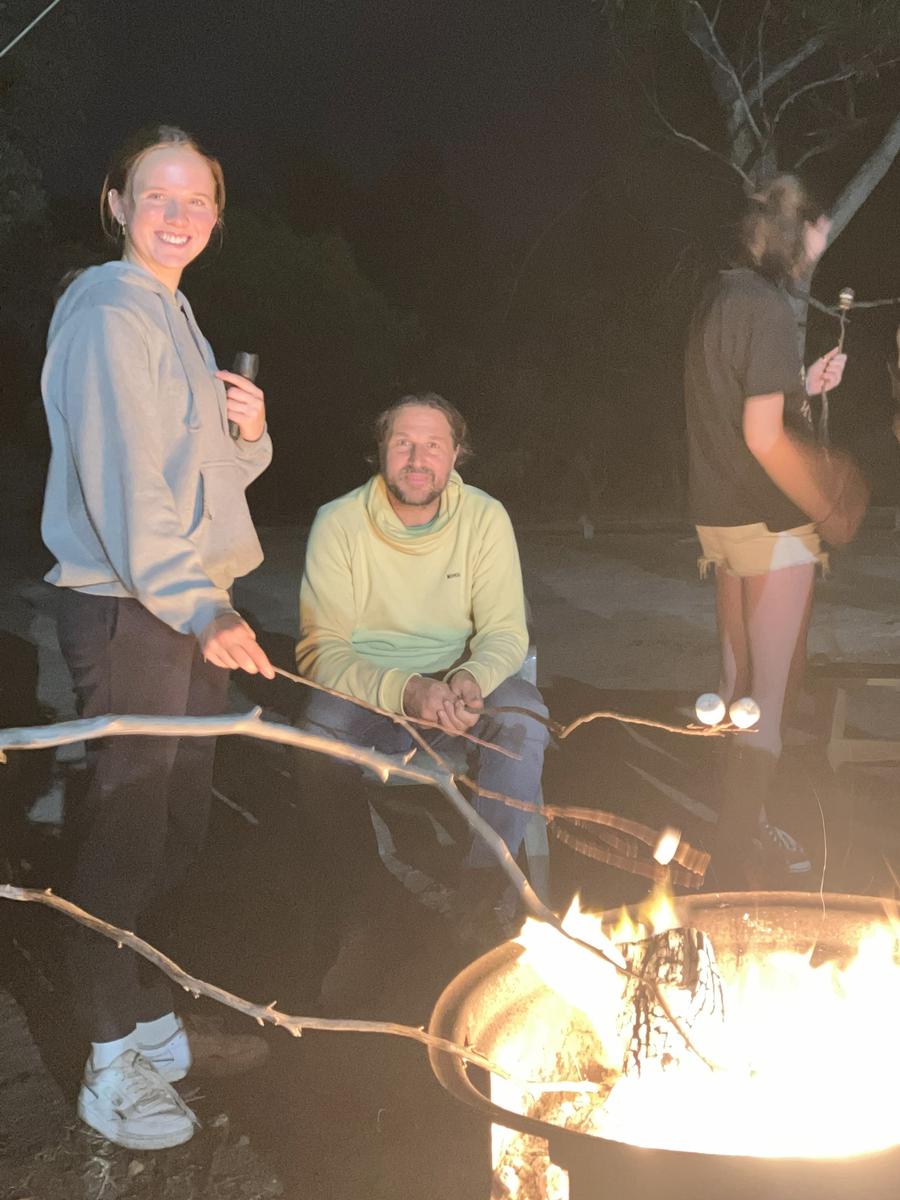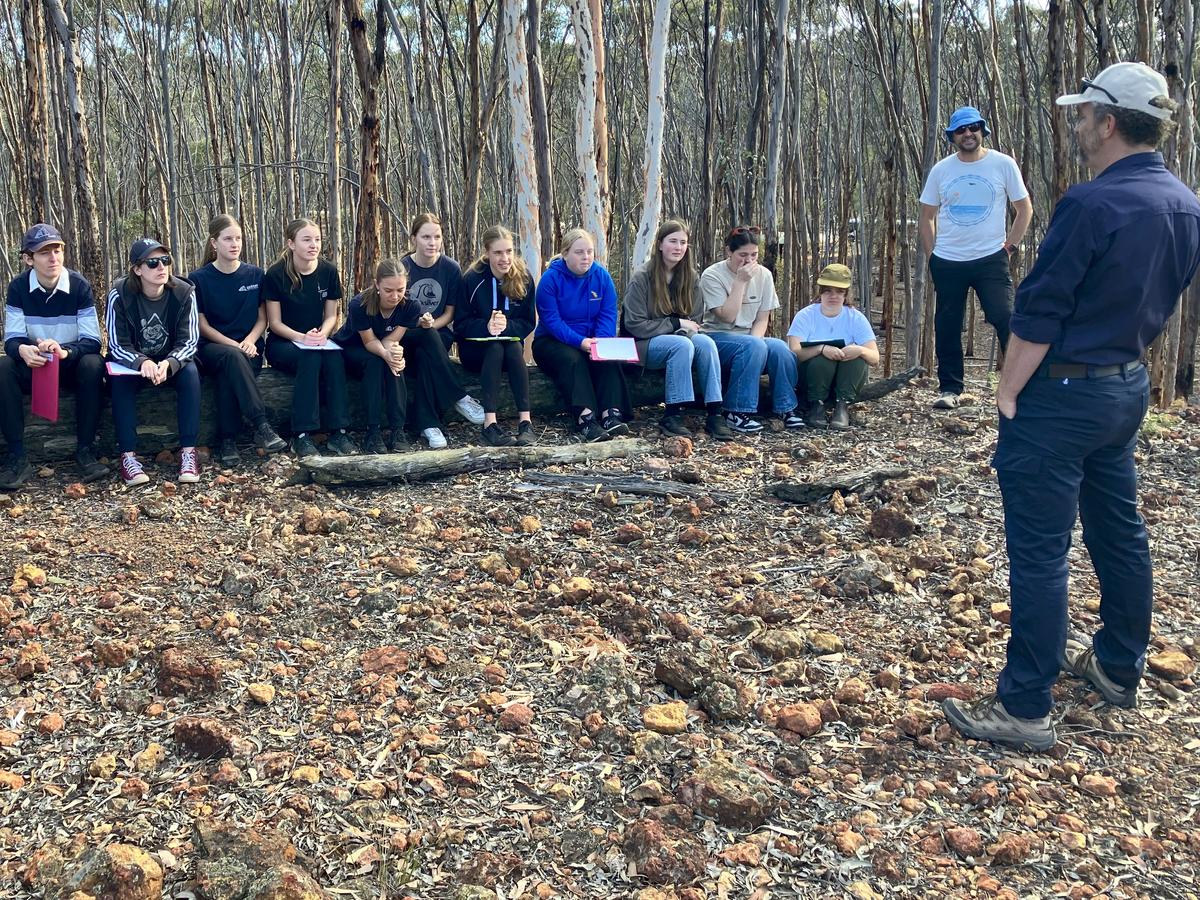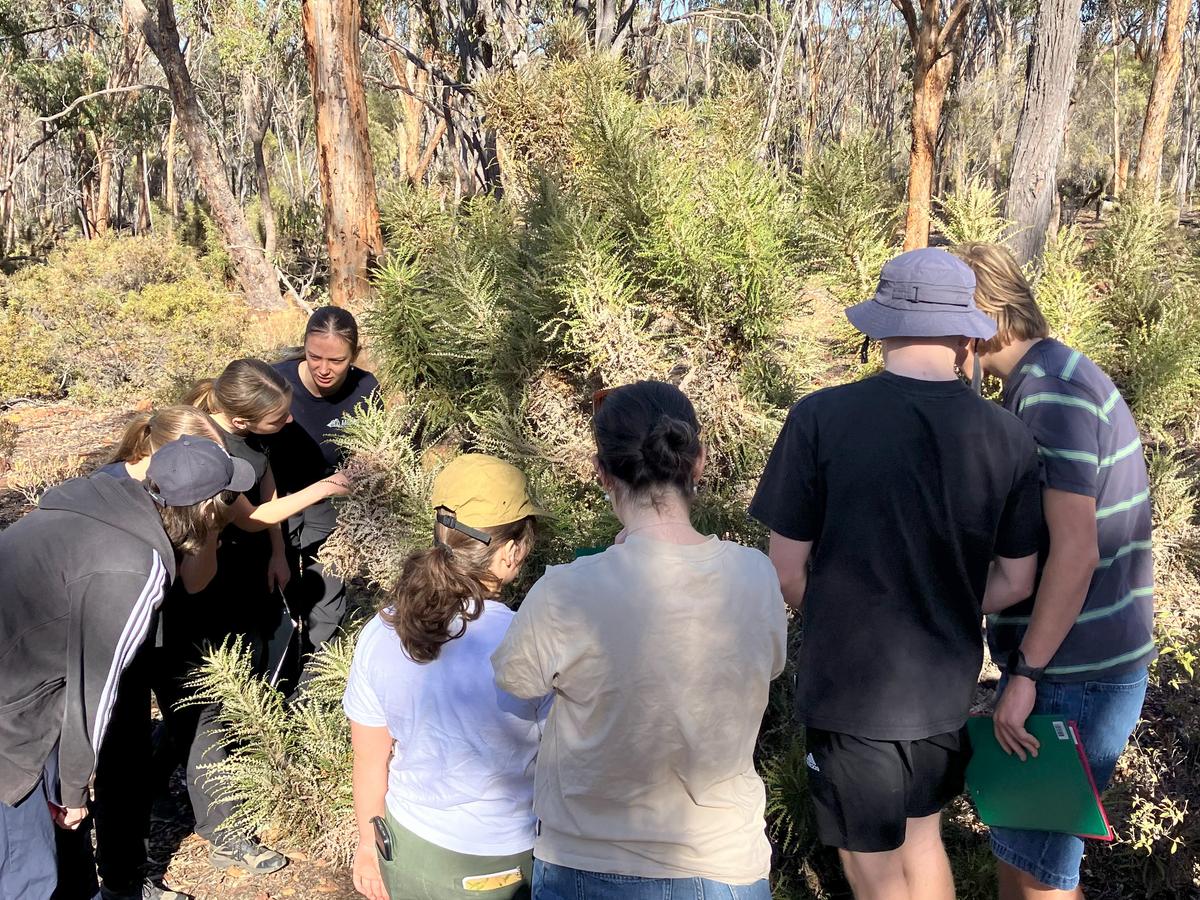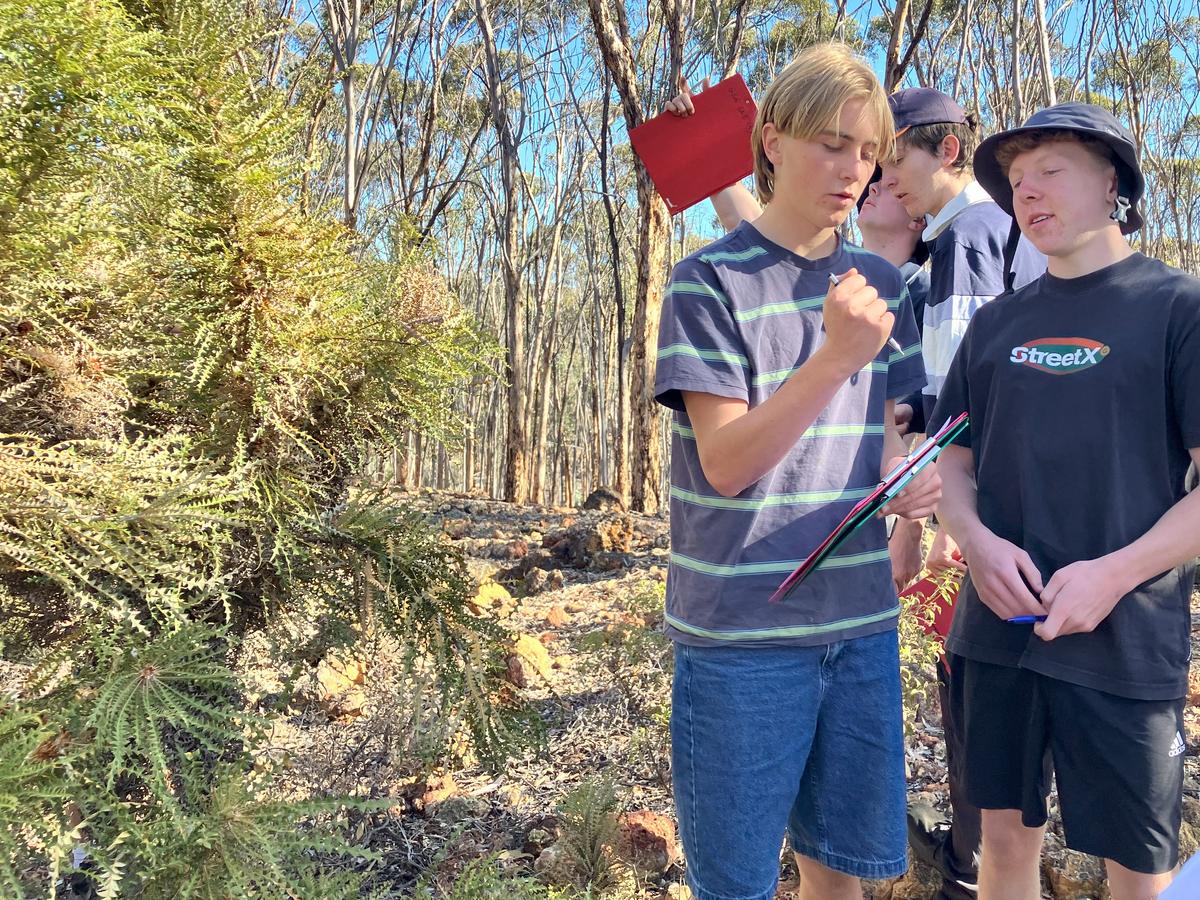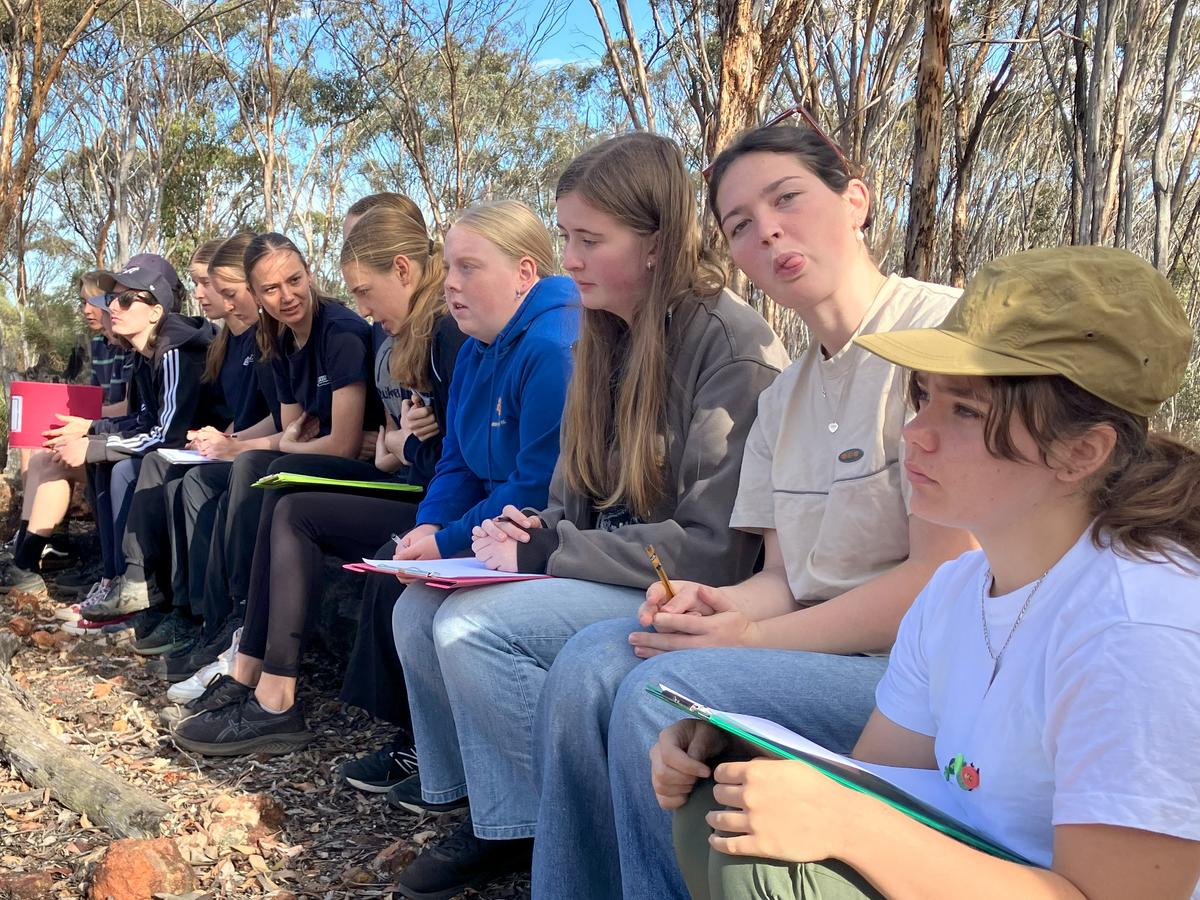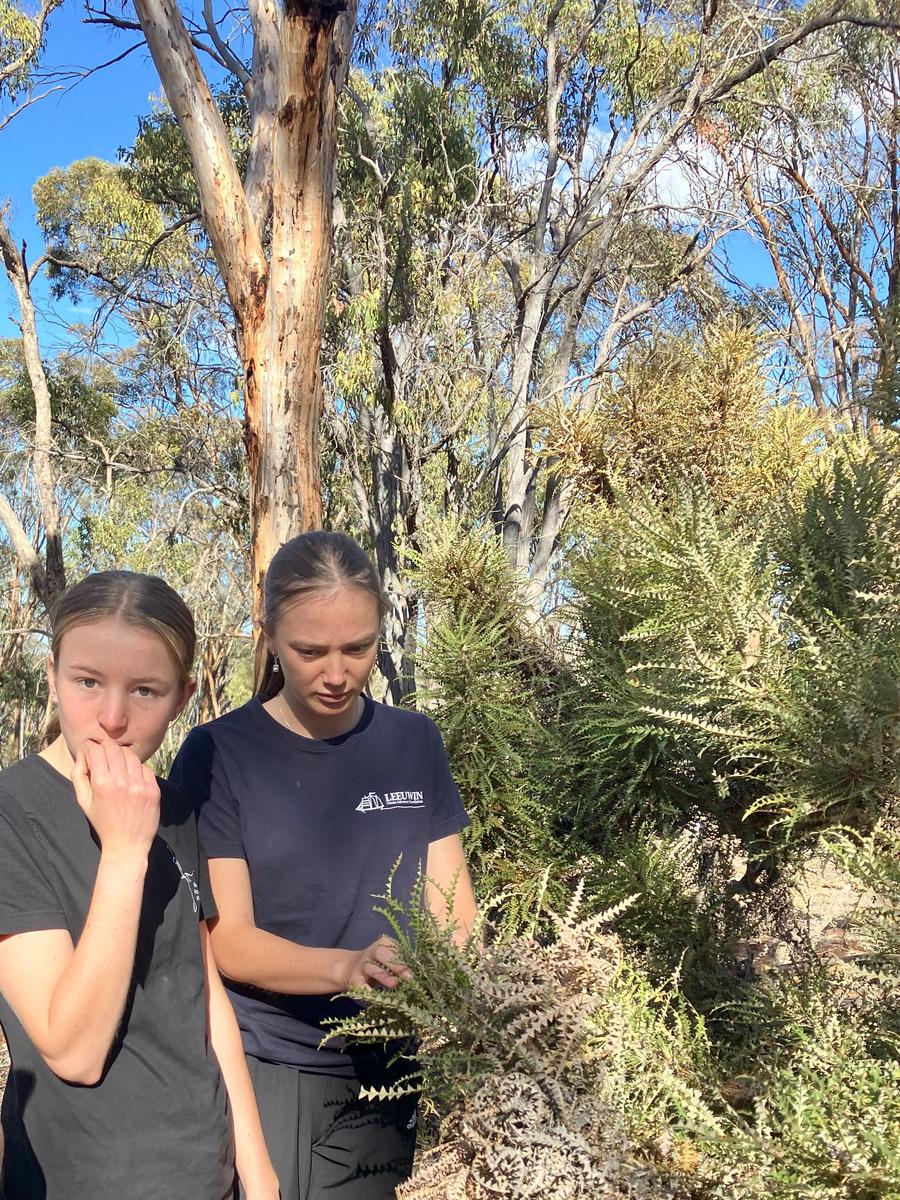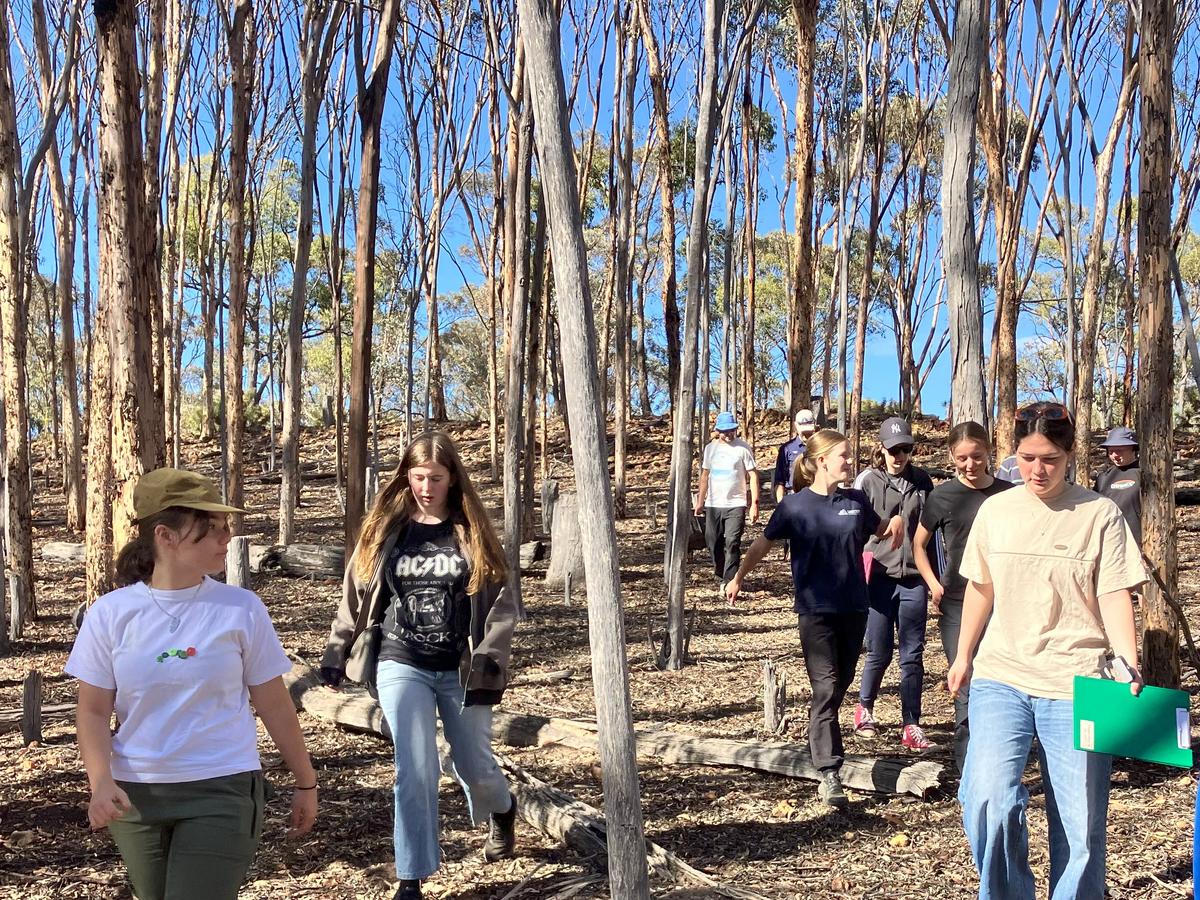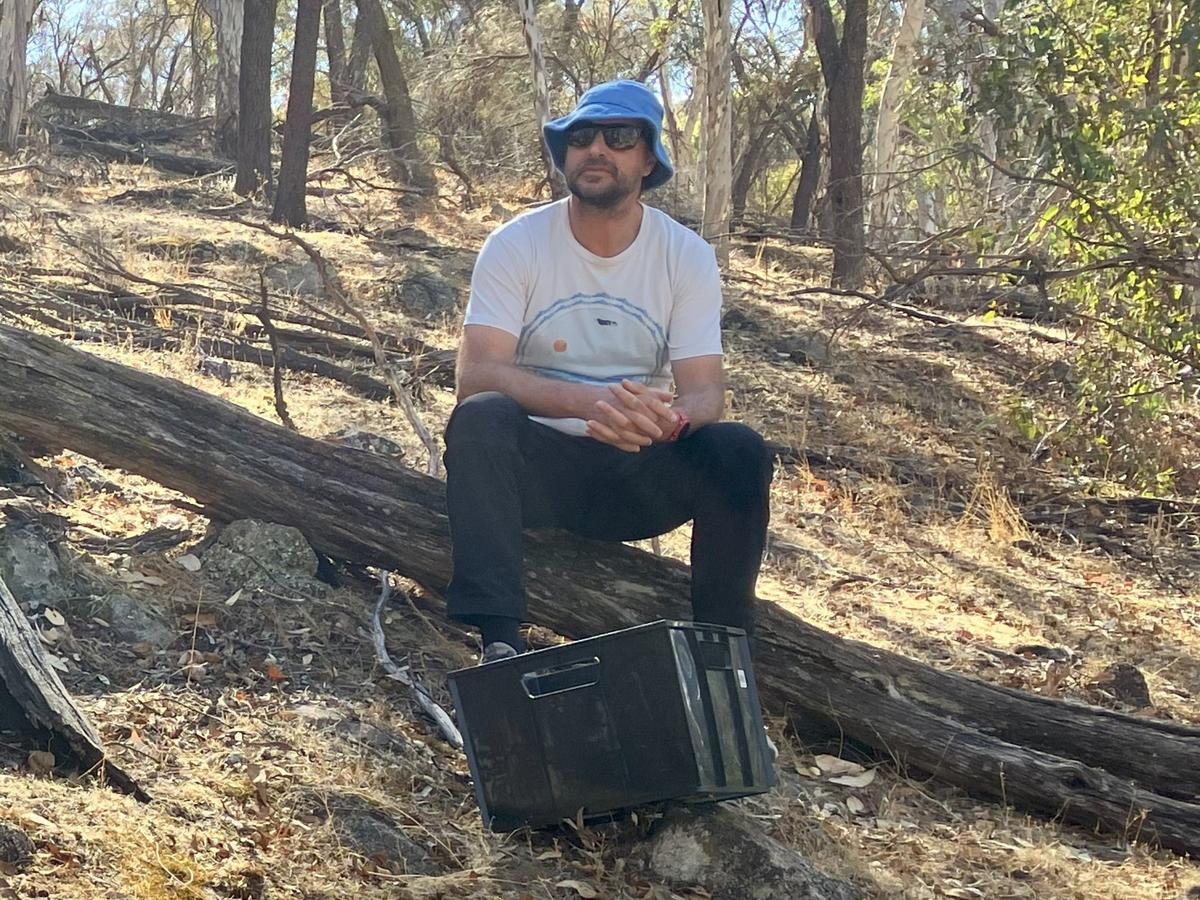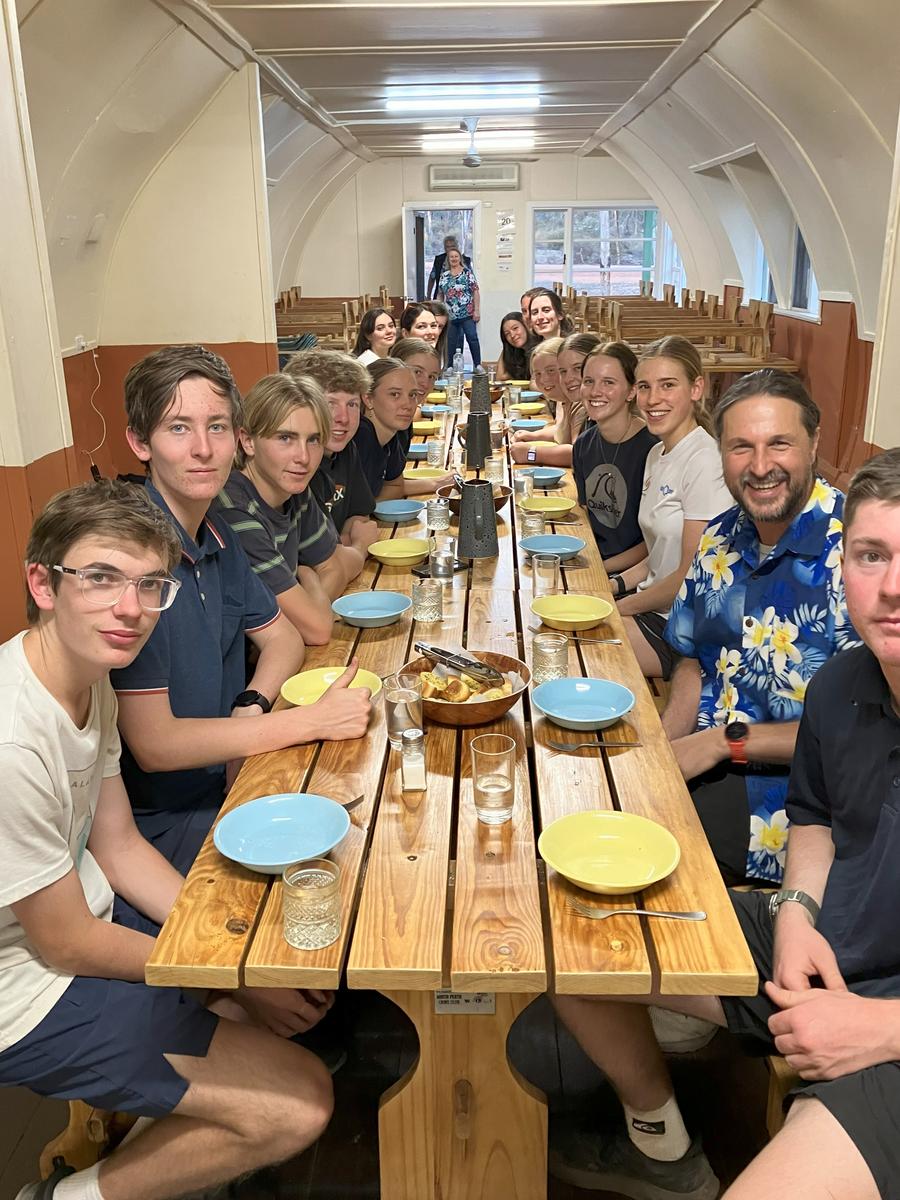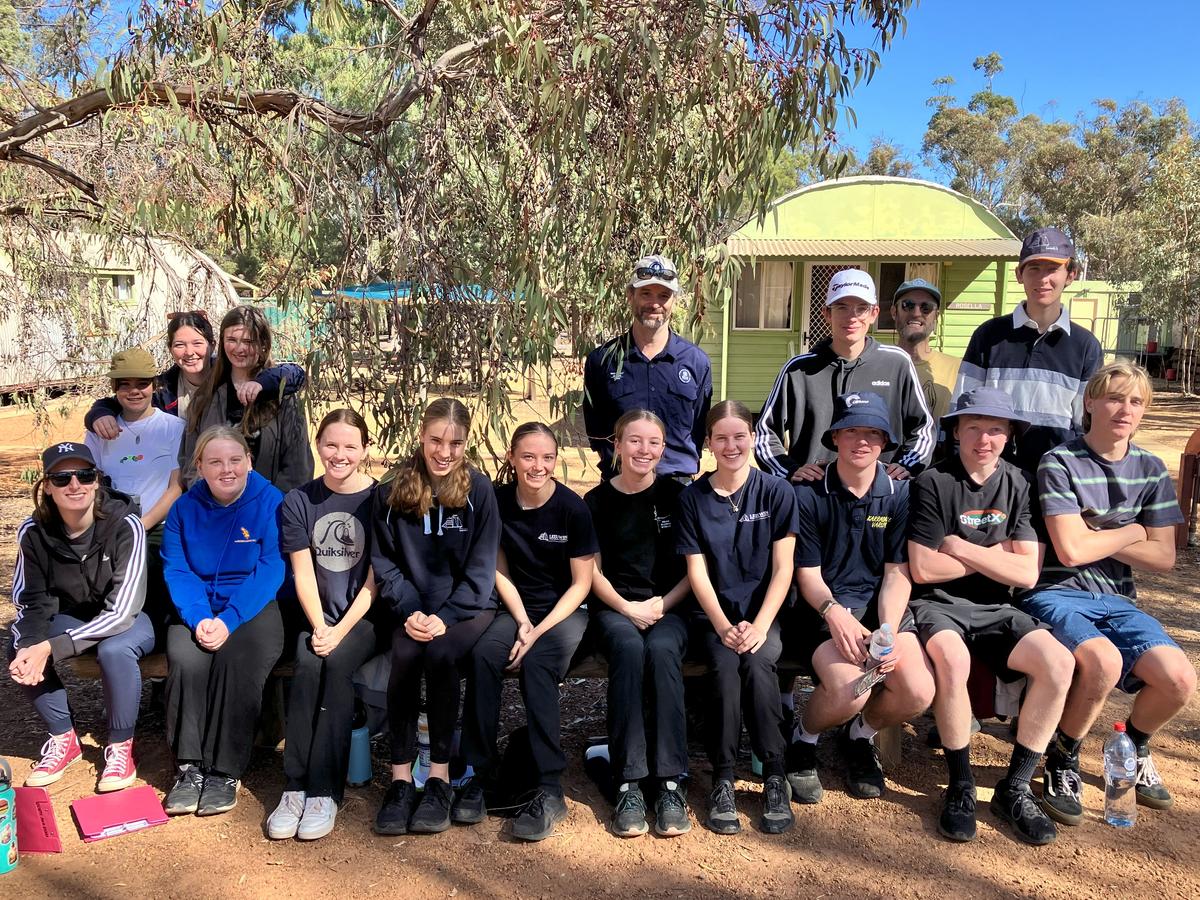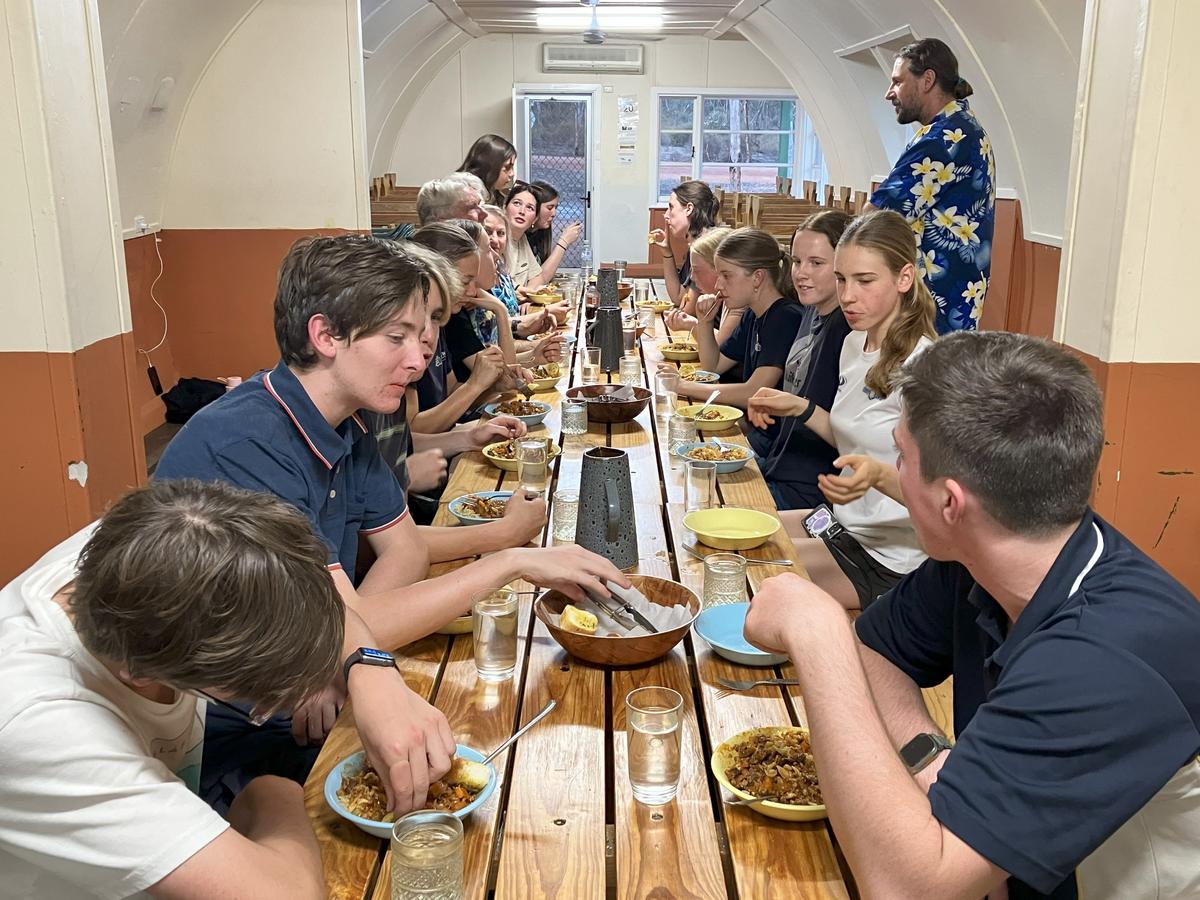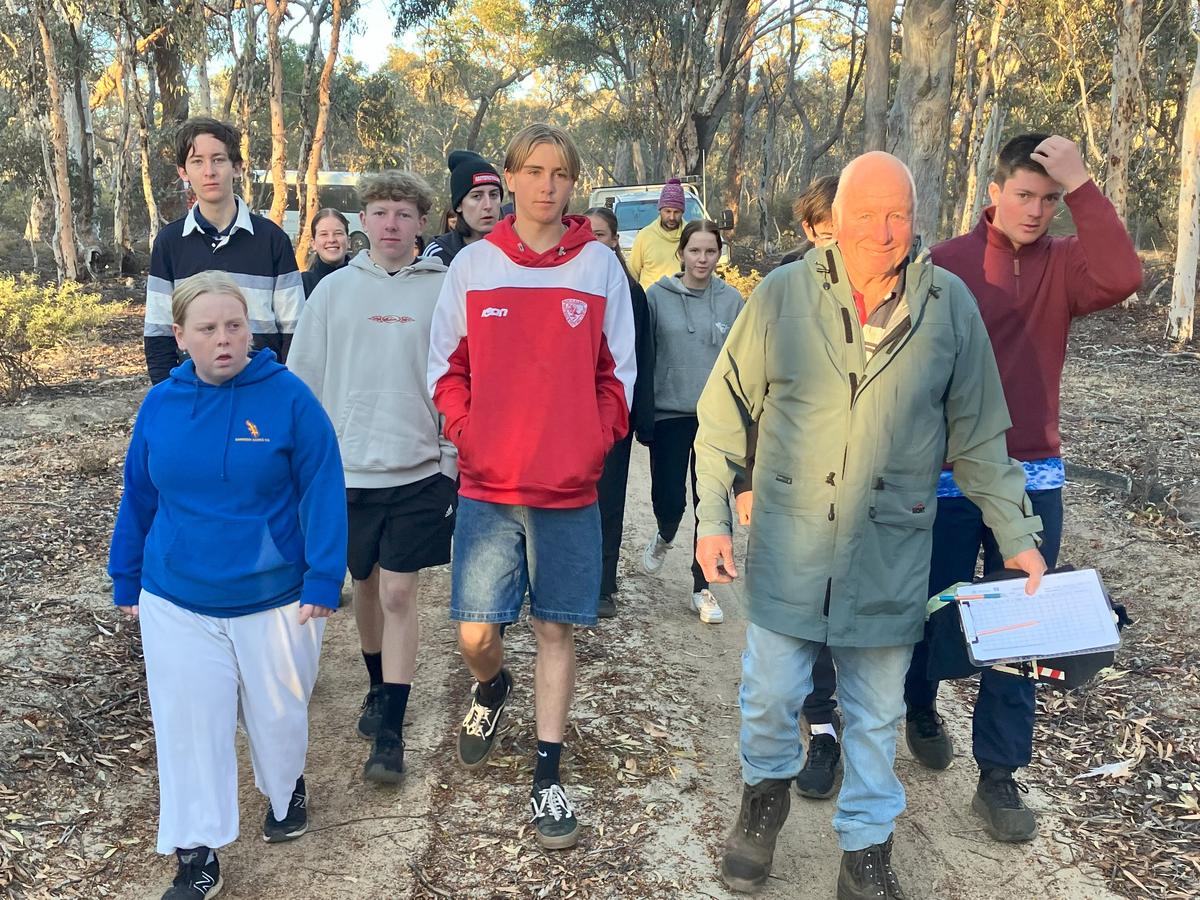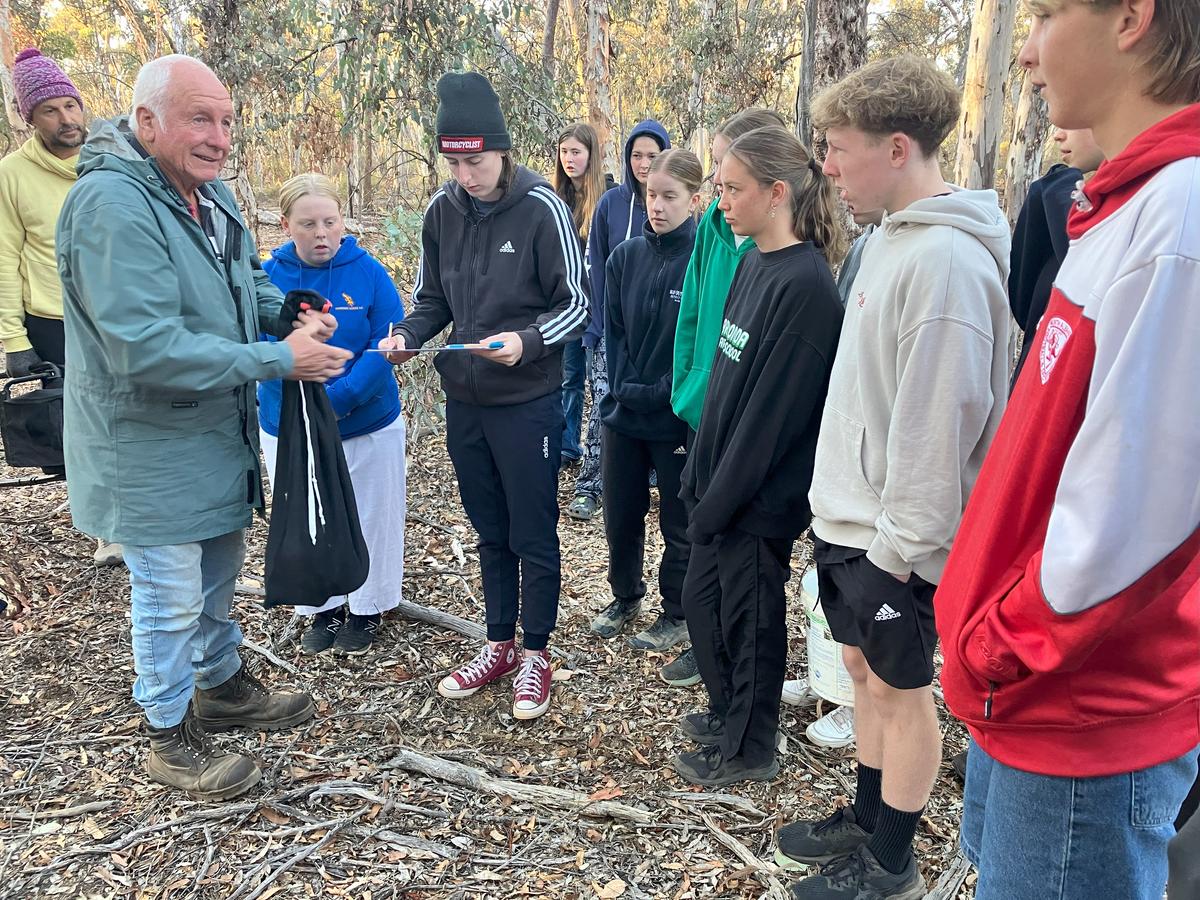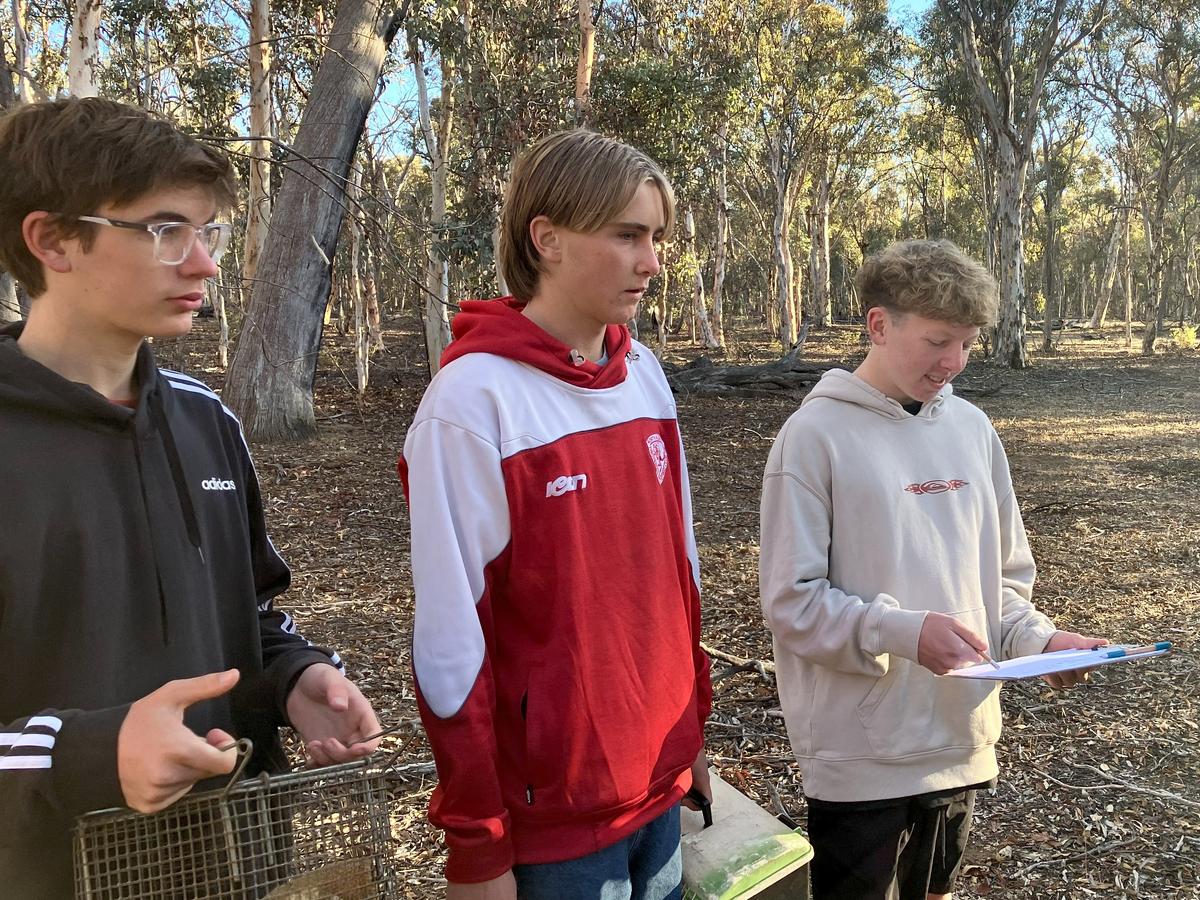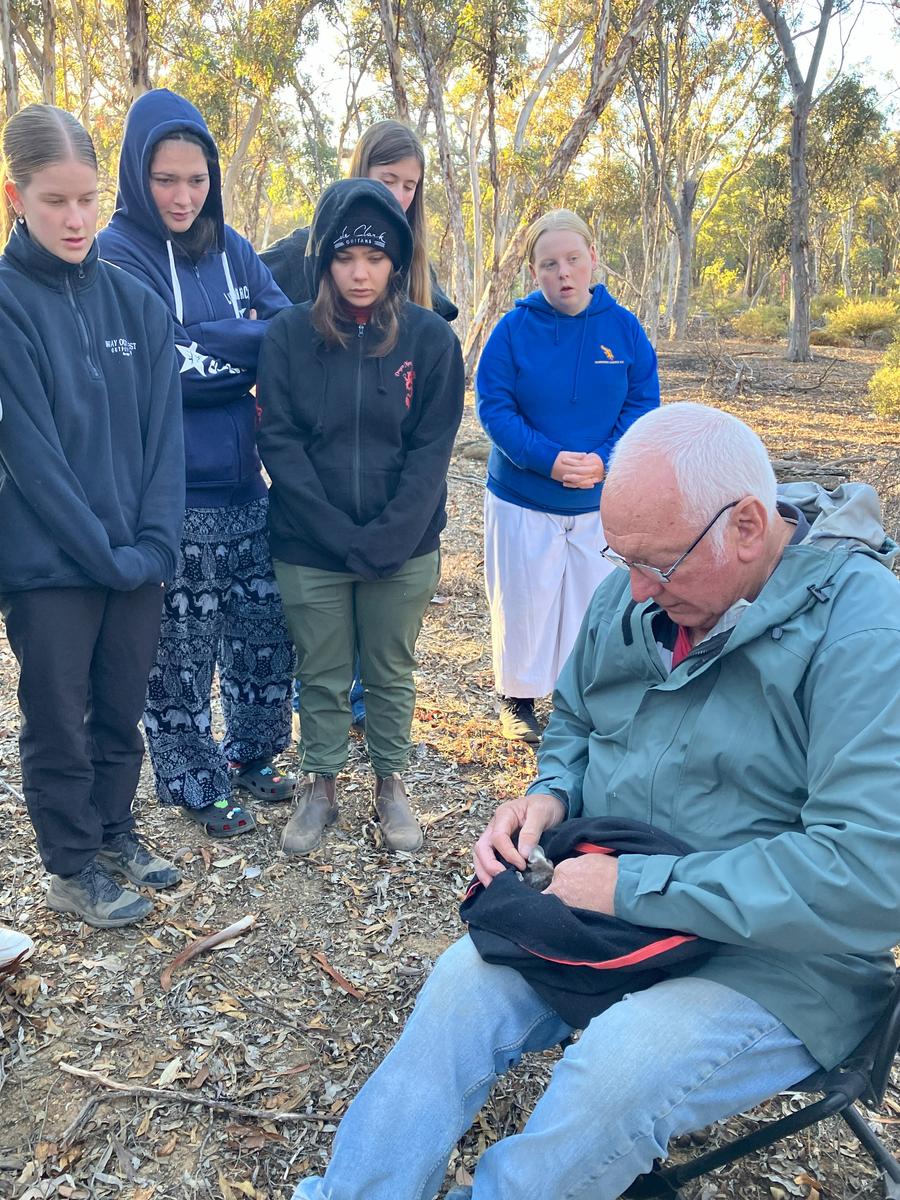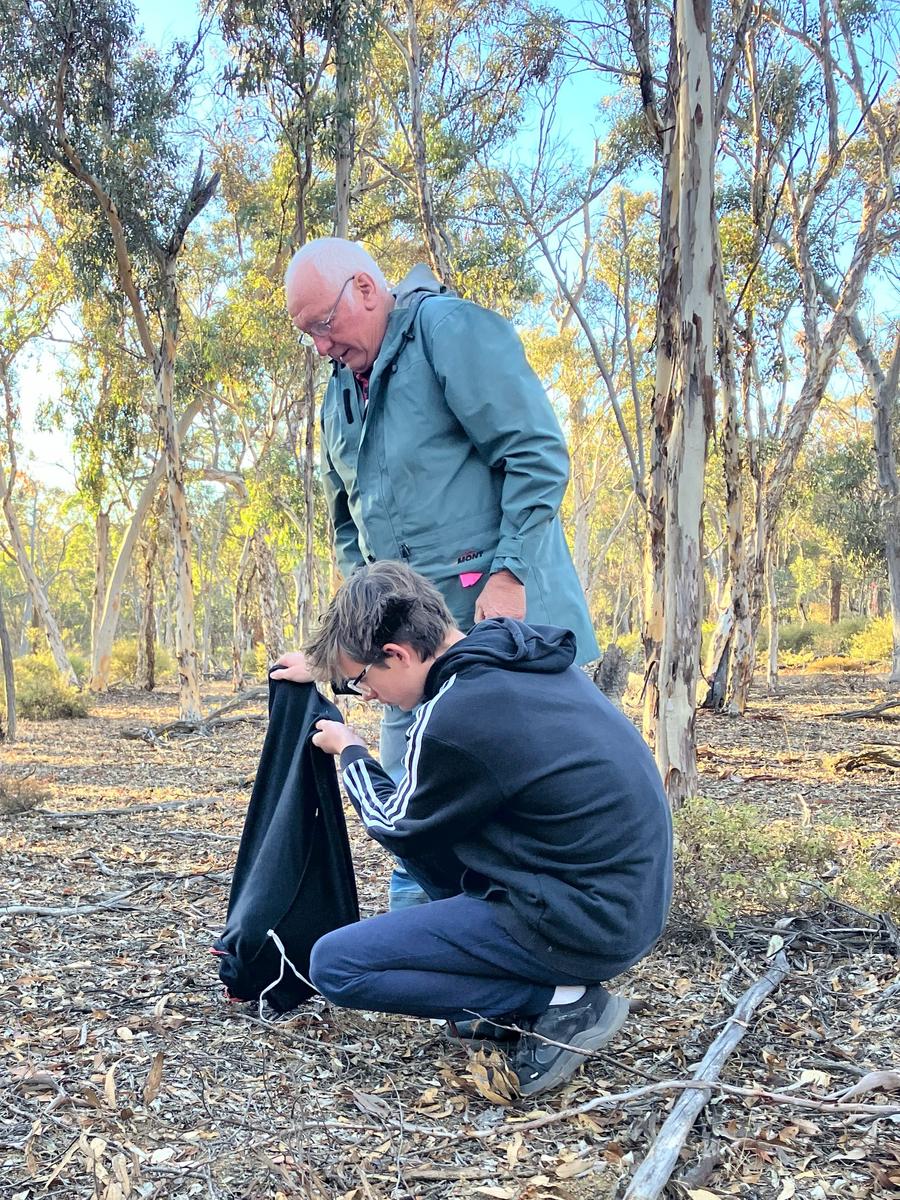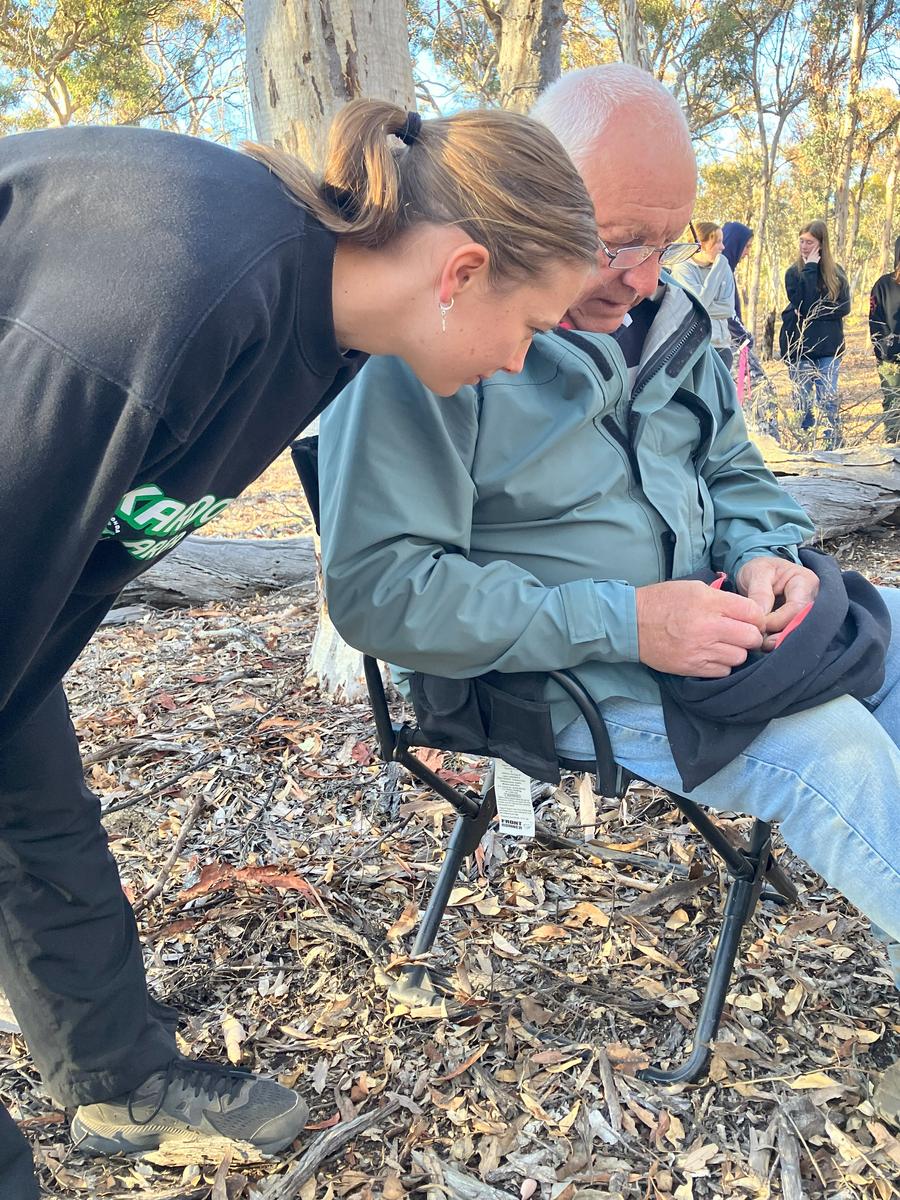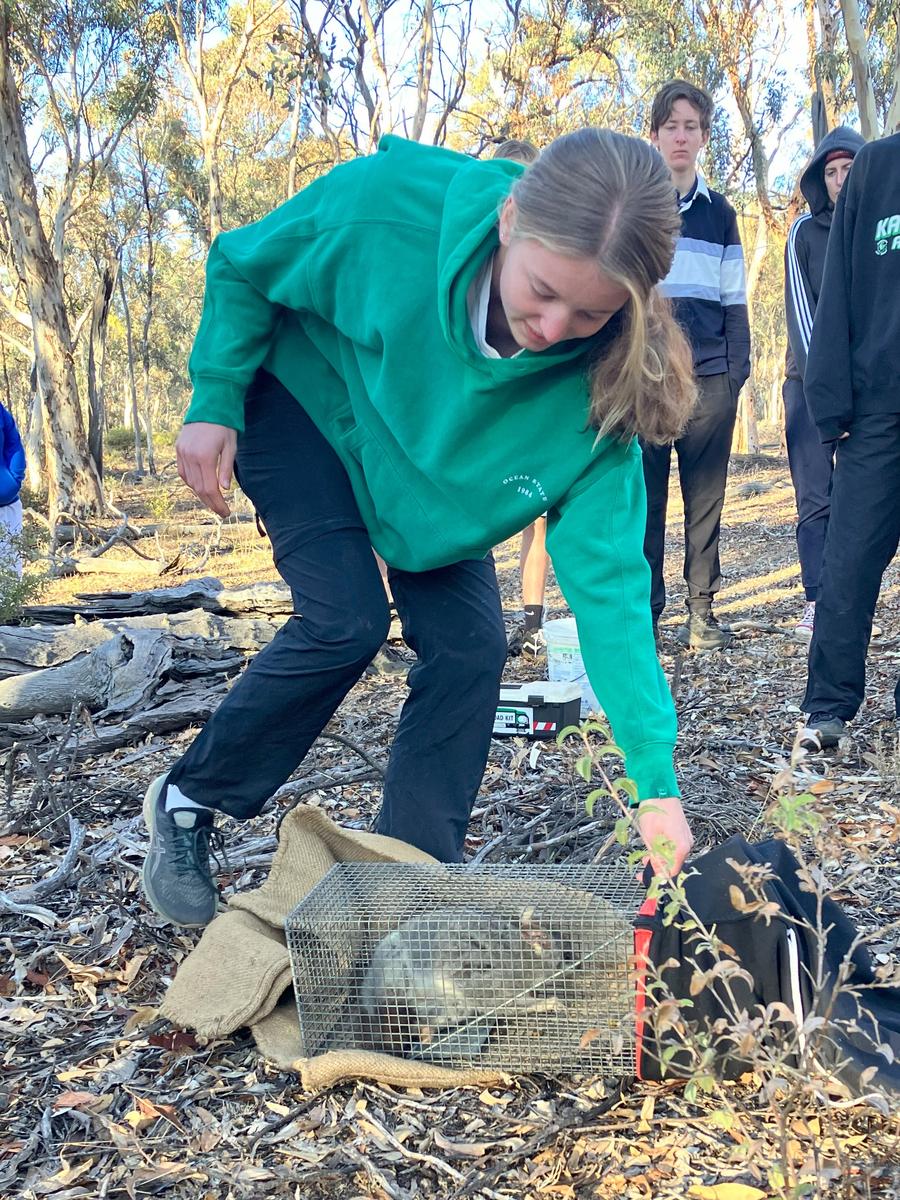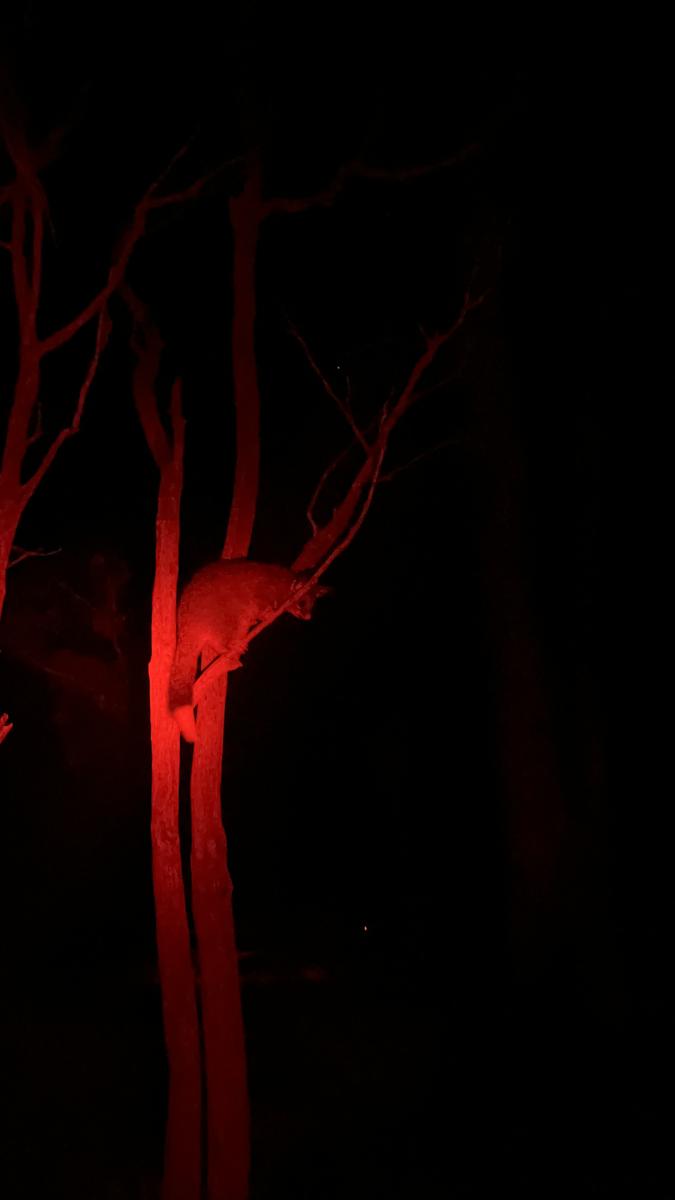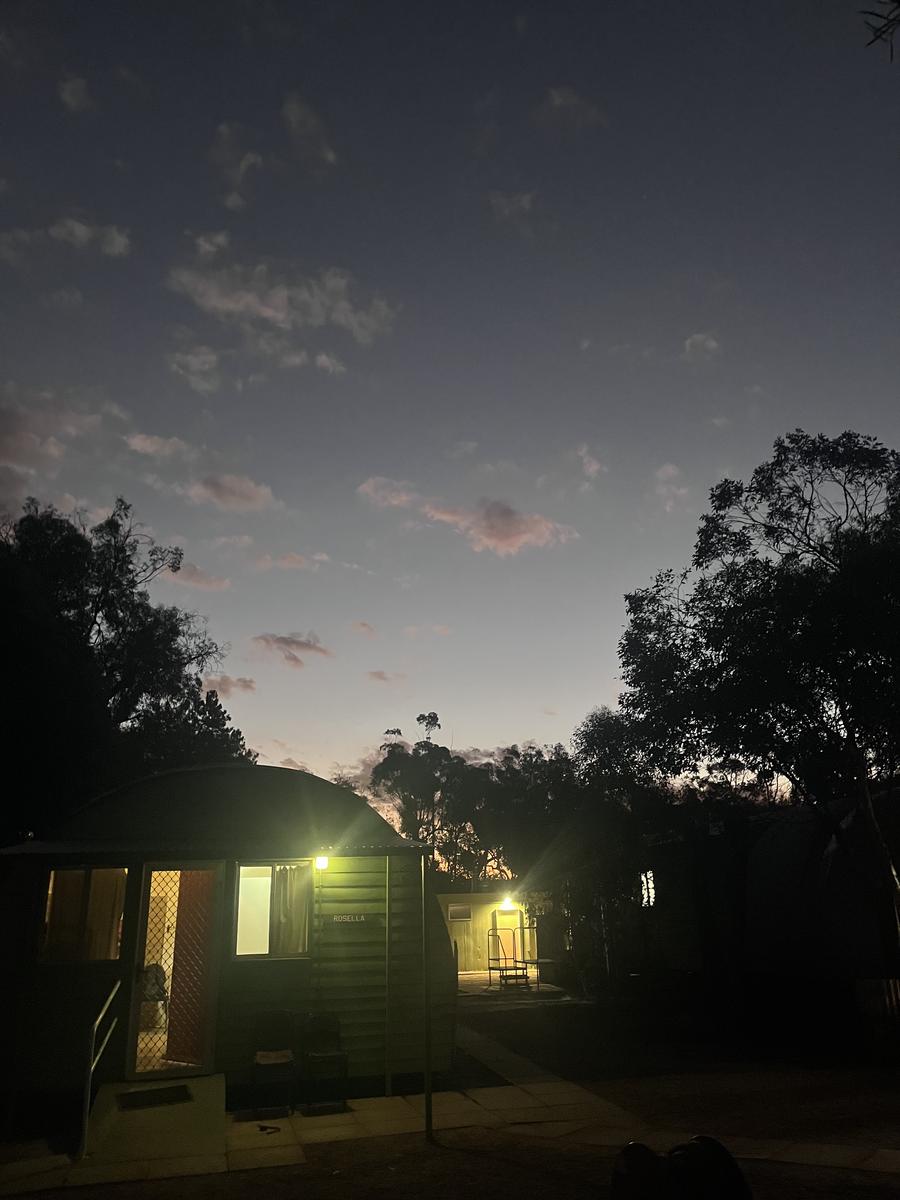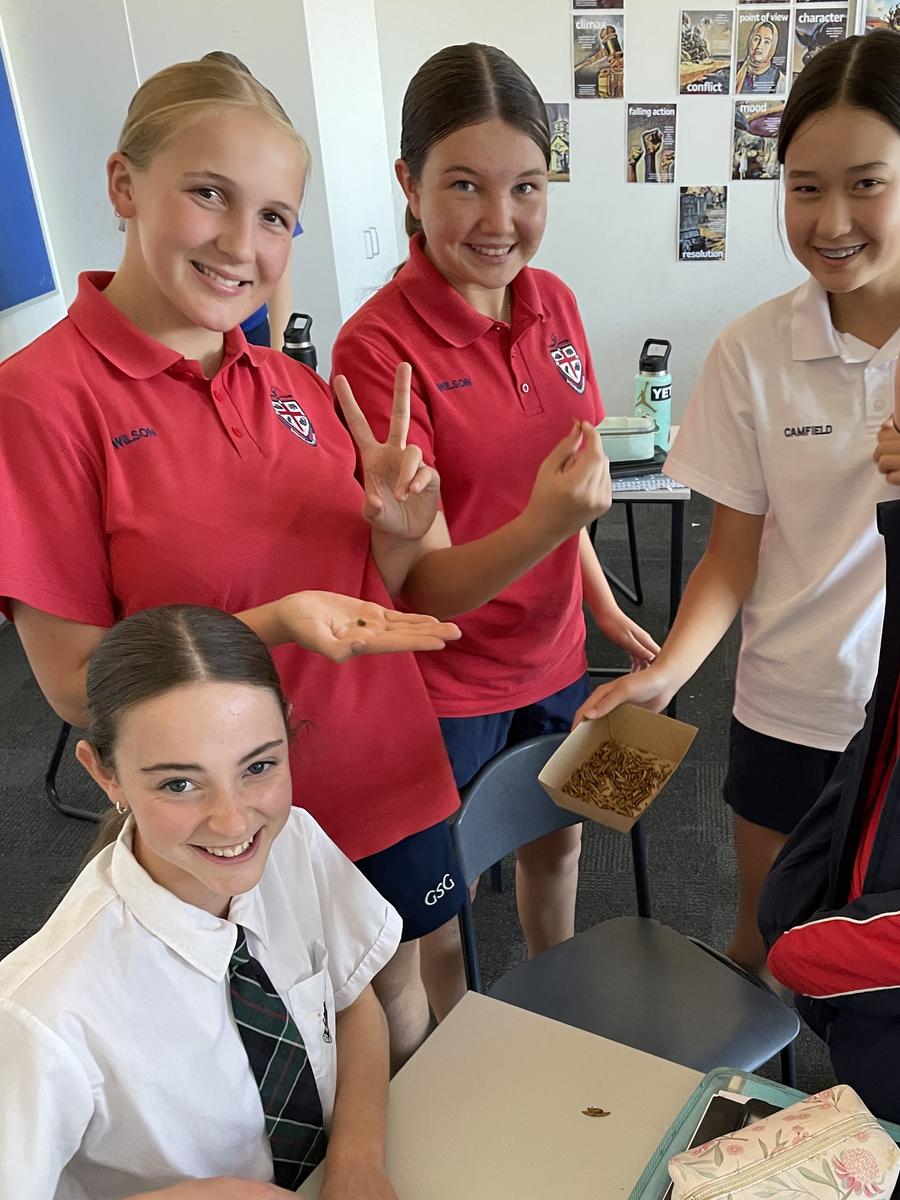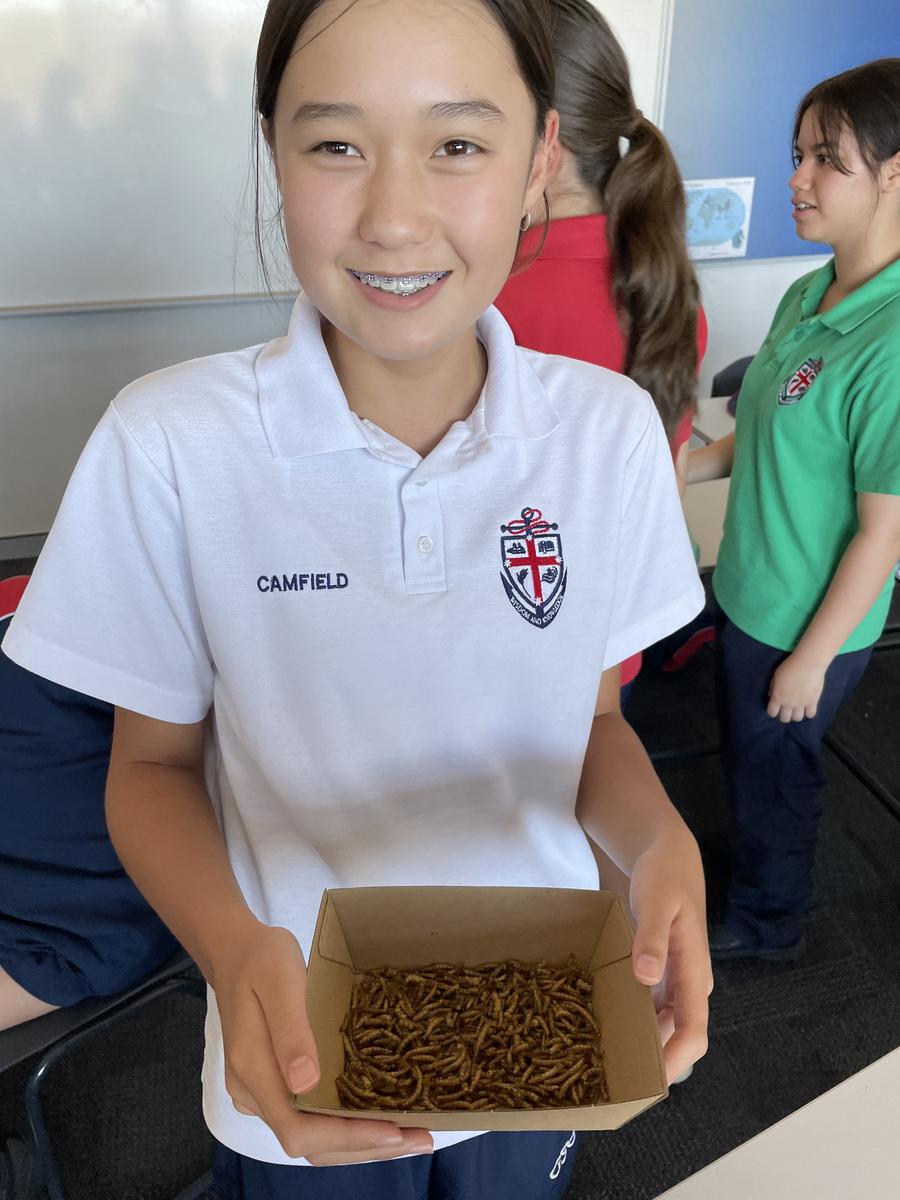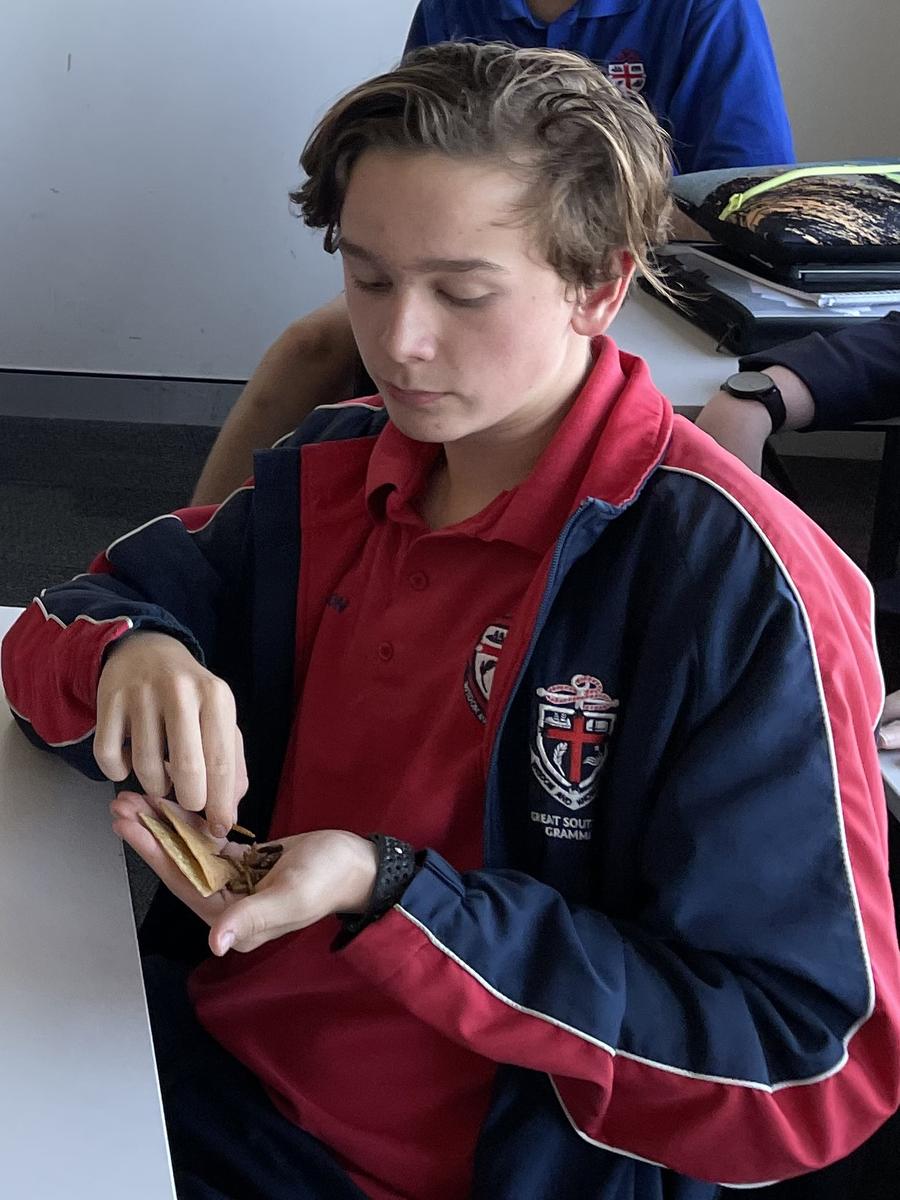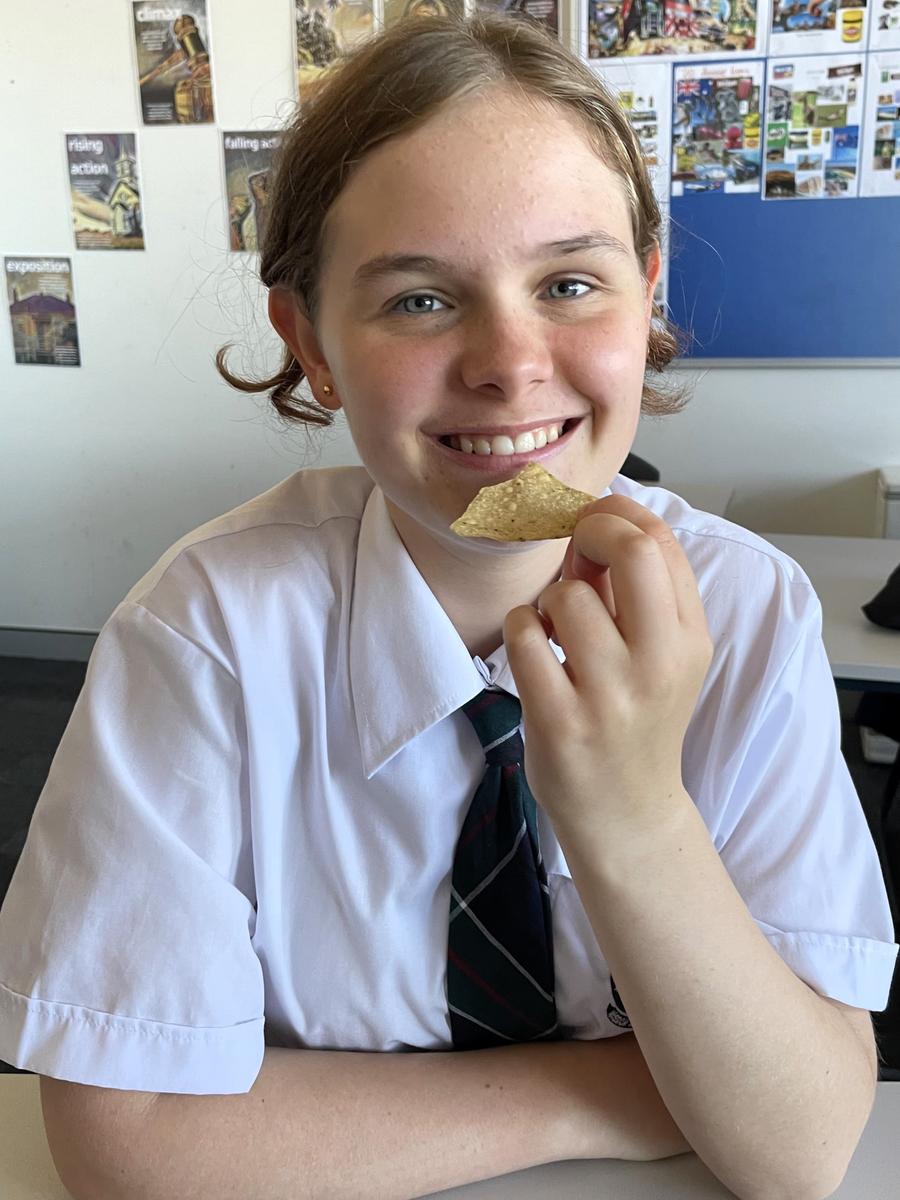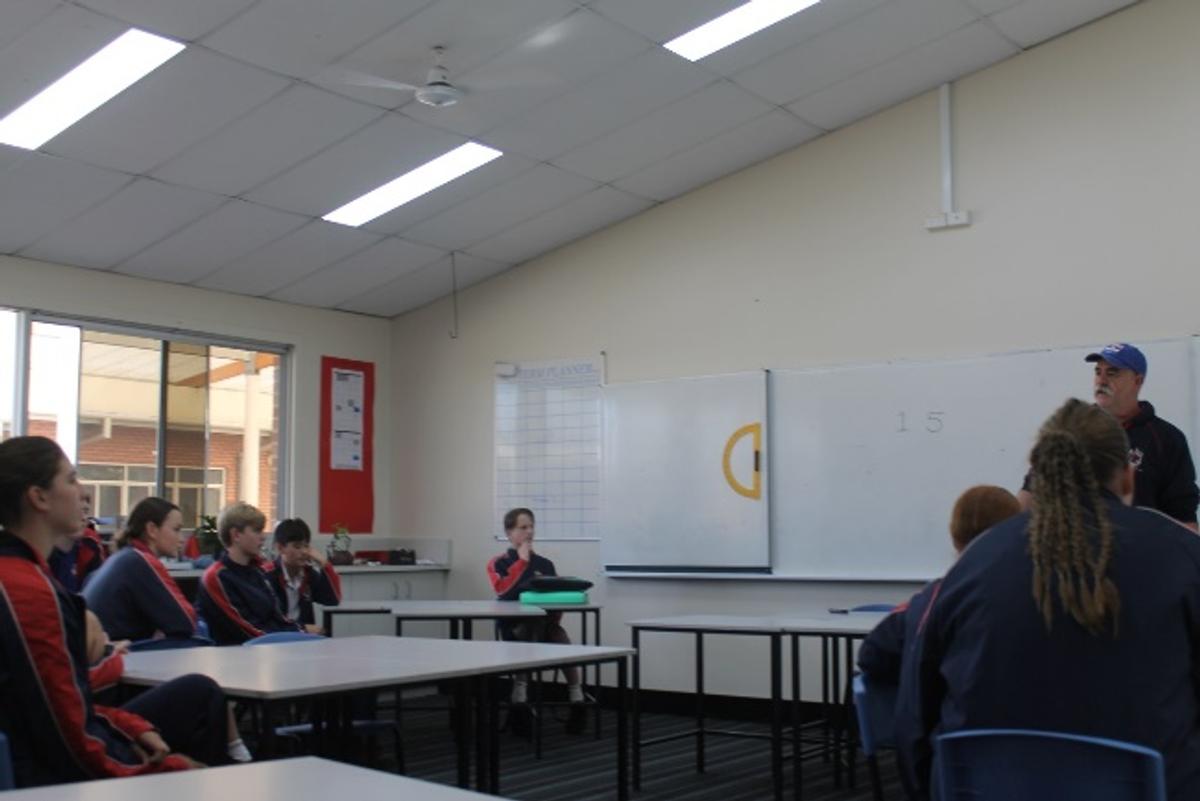Secondary School

Crazy Hair Day and World’s Greatest Shave
Friday this week is our long awaited Crazy Hair Day and World’s Greatest Shave.
Thank you for your support of our Year Twelve leaders, the larger Year Twelve cohort, and of course, our Principal Mr Irving.
I look forward to reporting on this event next week! Please see a message from the leaders below:
World’s Greatest Shave and Crazy Hair Day
This year we have another amazing group of eleven Year Twelve students, and Mr Irving, cutting or shaving their hair as part of the World’s Greatest Shave on the 10 May. They are raising money for blood cancer research and your support would be greatly appreciated.
Donations to the team can be made through this link: https://secure.leukaemiafoundation.org.au/registrant/TeamFundraisingPage
Friday of Week Four is also Crazy Hair Day, which supports cancer research as well. On the day, students are encouraged to wear their most colourful (non-permanent) or creative hairstyle to school and bring a gold coin donation.
Thank you.
The Year Twelve Leaders
Trading hours in Albany
Catalyst has been appointed by the City of Albany to conduct research on trading hours in Albany. They aim to collect the views of a wide spread of the community including our youth and we have agreed to support their research by sharing a link to their survey with all students in Years Eleven and Twelve.
Catalyst provided the following information:
What does the survey contain?
- Two simple questions regarding a) Sunday trading and b) extended shopping hours during the week
- Identification of female/male/non-binary (optional)
- Enabling Catalyst to weight the data, ensuring the total response matches to the demographics of Albany more broadly
Is it confidential?
- Yes. We don’t know who the survey is being sent to
- Contact details are not collected
Why should the school be involved?
- It’s a chance for the youth of Albany to see their opinion matters
- A good civics exercise
- Catalyst can provide the Youth result back to the school
We will watch this process and results with interest!
Reflection from School Captain Louis Cosh
Please see Louis’ speech from our Assembly this week below.
Good morning staff and students,
Two weeks ago, Maddie, who is away today on camp, and I were lucky enough to represent Great Southern Grammar at the ANZAC day dawn and day service to commemorate the ANZAC’s. I was privileged enough to be given the opportunity to read a letter at the dawn service which I would like to briefly share with you today. The letter was written by Lieutenant Lionel BIGG who served with the First Light Horse Regiment. He was a grazier or farmer from NSW and sailed on the First Convey from Albany in 1914 and was one of the last groups of 75 to evacuate Gallipoli. The letter entails many experiences and stories about what it was like in the trenches and how he felt about evacuating Gallipoli. He was writing to his mum and dad not knowing if he would survive, which I found very full on to hear as he would have been a very similar age to me at the time. Hearing stories such as these provides us the time to reflect and remember the importance of ANZAC Day.
This week’s assembly’s theme is excellence, I find excellence is a very broad term. You can show excellence academically, in sports or in just by achieving your goals. Each one of you here will have a different view on excellence. However, the thing I find most important about excellence is remembering to celebrate when you achieve it. During my VACS club this week I found an example of this. For my VACS I am coaching a group of Year Eight and Nine boys with a few Year Twelves. This means we think of a sport or game and then try and run the sport and hopefully they enjoy it. I noticed how they celebrated the victories, whether it was a good shot or their team winning a point. They all got around each other celebrating their teamwork, almost as if their life depended on it.
Even though it's just a game, and you may think excellence is about perfection. It’s about pursuing something and putting all your effort in. Such as this group did in VACS, if we were able to have this approach in everything we did in and out of school. We would not only build motivation and confidence, but ultimately continue to build on our positive and supportive culture here at GSG.
Thankyou.
Assessment Policies
We have updated our Assessment Policies in line with recommendations from the School Curriculum and Standards Authority (SCSA) and they have been updated on MyGSG. Please see the new policies at the links below:
Year Eleven and Twelve Senior Secondary Assessment Policy
Year Seven to Ten Assessment Policy
Attention Contagion
I received the article below this week from The Effortful Educator through Wordpress and thought it was worth sharing:
As a teacher, you know about this phenomenon, but you probably didn't know its name. Attention contagion. You've seen it in your classroom: one student is off task and that inattention seems to spread throughout the room. One student with their head down leads to three or four doing the same. One student off task on their laptop leads to a handful all doing the same. And, again, as a teacher we know this happens. But some recent research looked to see just how prevalent this phenomenon is.
A study out of the University of Waterloo (One) took an in-depth look at attention contagion in the classroom and some of the results may be what you'd expect, but there were a few interesting tidbits that even surprised me; a classroom teacher of 18 years.
Participants of the study were all undergraduate students. In experiment one, a participant was seated behind a confederate of the study (a confederate is someone who aids the experimenter by posing as a participant, but their behaviour is rehearsed and scripted prior to the experiment). The confederate would either display attentive behaviours (leaning forward, taking notes, etc) or inattentive behaviours (slouching, shifting gaze, glancing at the clock, taking infrequent notes, etc). Researchers watched the participant to see if they were more or less likely to imitate the confederates’ behaviours.
After watching a video of a lecture and taking notes while being seated behind either an attentive or inattentive confederate, participants completed a survey and a multiple-choice questions quiz on the information presented.
Here are some of the results from experiment one:
- Participants were asked to rate (one to ten) the attentiveness of the confederate in the room with them and it appears they were able to consciously recognise either attentive or inattentive behaviours. The average rating for attentive confederates was 8.88 and 4.29 for inattentive confederates.
- Participants also stated that the inattentive confederates were distracting and did impact their ability to attend the lecture.
- Participants in the room with attentive confederates took significantly more notes than those in the room with inattentive confederates.
- Participants in the room with attentive confederates scored higher (58.76 average) on the post-lecture quiz than those in the room with the inattentive confederate (53.14).
Now, I'll bet none of this is a surprise to you. When someone off task is seated within a student's field of view and/or range of hearing, those behaviours can impact others. Note-taking and student learning can be negatively impacted. We know this. This is just research to prove it.
In experiment two, the researchers make one important change. Instead of the confederate being seated in front of the participant, the confederate is now seated behind the participant. Will the attentive or inattentive confederate's behaviours still be contagious when out of their field of view? I think this is a more daring question by the researchers.
After going through the same experimental processes as experiment one, the researchers analyzed the data and here are some of the results:
- Participants were still significantly more attentive to the lecture when paired with an attentive confederate.
- Participants still took more notes when paired with an attentive confederate.
- Participants did not rate the confederate's behaviour as being distracting.
- Participants did score higher when paired with an attentive confederate (55.86) versus when paired with an inattentive confederate (53.67), but this is not statistically significant.
So, what does all this tell me as a teacher? That's the important bit, right? What do I do with this information in my classroom?
Well, this seems to show that attention contagion is real, and it impacts not only the inattentive student, but also those seated in front of, beside, and behind. Also, students do appear to be aware of inattentive behaviours when they can see and hear them (as is indicated in experiment one) but are also impacted by inattentive behaviours when they don't consciously recognise it (as is indicated in experiment two).
So, I can't necessarily rely on students to know when they are distracted. It is certainly my job in the classroom to provide an environment with as little distraction as possible to maximize learning. I need to be aware of studies like this and attempt to quell inattentive behaviors in the classroom.
Something else I believe all teachers should do, but very few do, is make the students aware of studies like this and their results. Students may not realise their impact on those around them. They may think that it's okay if they are off task because that only impacts their learning, but this study shows otherwise. I really believe my student appreciate being show real statistics and data in studies like this. It gives them a sense of being treated like mature learners and then, in turn, they begin to act like it. So, it is certainly important that teachers understand the ramifications of attention contagion studies, I would argue it is at least just as important that students understand, too. If we want to grow more intelligent learners, we need to let them know what more efficient and effective learners do.
Forrin, N. D., Huynh, A. C., Smith, A. C., Cyr, E. N., McLean, D. B., Siklos-Whillans, J. & MacLeod, C. M. (2021). Attention spreads between students in a learning environment. Journal of Experimental Psychology: Applied, 27(2), 276.
Mrs Victoria Turnor | Head of Secondary
HASS
Humanities Guest Speaker
The Year Ten Humanities classes welcomed Luke Bayley to GSG on Monday.
Luke is the CEO of South Coast Natural Resource Management. He was here today to present to the students the valuable work SCNRM does in the region.
Students identified different landscapes in the region and the challenges facing those landscapes, and then Luke discussed the SCNRM projects related to those challenges. We finished by connecting our favourite school subjects to environmental management to start thinking about how a study pathway and future career might include Geography and the Humanities next year.
Good timing considering the Year Tens have subject selections coming up soon!
Mr Tone Ritchie | Head of Humanities
Dryandra Camp
Student Reflection
Last year around this time of year I was stressfully trying to pick which subjects I would study. When the gridlines came out, I was extremely undecided on what to pick. In the end I had managed to select all my courses except for one. To be able to meet the requirements for my chosen pathway I needed to select one more ATAR. In the end I randomly chose Geography. As time passed to the end of the year and through the holidays I remember being very doubtful in my choice thinking I had picked the most boring class in the world. It wasn’t until the first week of school when I realised, I had picked one of the most interesting and relevant courses with an amazing class and teacher.
Which brings me to last week. Last week the Geography and Biology ATAR classes combined together, a total of 15 students, and made our way out to the middle of nowhere. That was Dryandra Woodland National Park. Together we spent three days learning about invasive species, native flora and fauna, as well as conservation strategies in the area.
Personally, I really enjoyed the trapping exercises we participated in, where five out of six groups were successful in catching and recording data about possums and woylies. I also valued the opportunity to take a nighttime tour of Barna Mia Nocturnal Wildlife Sanctuary. Here we were able to observe how small mammals live in an environment that is protected from feral cats and foxes.
Along with being immersed in the natural environment that is home to so many of Australia’s native species, at night we enjoyed shared meals and campfires with marshmallows and Milo, extremely competitive games of Spotlight, and a shared collection of Dr Mitrovski and Mr Ritchie’s stories which had us all on the edge of our seats.
Finally, I would like to offer a huge thank you to Mr Ritchie and Dr Mitrovski, and the school for making this opportunity possible for my peers and myself.
And to all the Year Tens reading this, I recommend taking a leap of faith and picking Geography ATAR even if it’s just to be able to go on the spectacular camp.
Liesel Freebury | Year Eleven HASS student
Year Nine Humanities students try something different
Year Nine Humanities students in Ms Penny Simpson's and Mrs Jillian Bascombe's classes recently embarked on a culinary adventure. They sampled a variety of bugs in a lesson tied to their Geography studies on sustainable food production. From crunchy crickets to savoury mealworms, these brave learners embraced the concept of entomophagy with gusto, discovering the delicious and nutritious potential of these snack size insects.
Not sure if we will be selling them for recess and lunch anytime soon - but it's a start!
Mr Tone Ritchie | Head of Humanities
VACS
Math tutoring
On the first of May, three media students visited the math tutoring VACS to investigate what it might be like to participate in. During this expedition, they explored three separate classrooms learning about the ins and outs of tutoring primary school students.
While the focus was on math, there was still plenty to learn about teaching and how to communicate effectively and efficiently with the younger members of the school. It was interesting to learn all the work that goes into something we thought was very simple. We learnt a lot about body language, and other visual parts of communication that teachers use every day.
We interviewed one of the students and asked a few questions about what they had learnt and why they chose to participate in this VACS. Koby Marklew stated how he thought this VACS would help the school community, through teaching he believed that we could help the students academically. He also added that the main reason he chose this VACS was because he thought that giving these students the help he didn’t receive when he was in the same position would greatly help them out.
I’m sure that as the term continues, and these students learn more about tutoring we will see a greater academic impact over the primary school.
Grace Eckersley, Max Cruse and Oskar Friemer | Students

